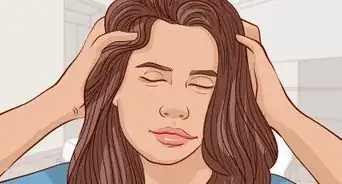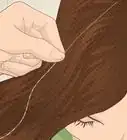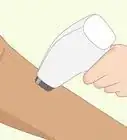This article was co-authored by Kelsey Morey and by wikiHow staff writer, Jennifer Mueller, JD. Kelsey Morey is a Professional Hair and Makeup Artist, Model and the Owner and Founder of Haus of Pretty based in Westport, Connecticut. With more than ten years of experience, she specializes in balayage, hair care, color care, and photoshoot styling. Kelsey received her training from Brio Academy of Cosmetology and John Casablancas Modeling and Career Center. She also completed her apprenticeship with Warren Tricomi luxury salons.
There are 31 references cited in this article, which can be found at the bottom of the page.
This article has been viewed 20,563 times.
Are you struggling with frizz, split ends, thinning edges, or just one too many bad hair days? Your natural hair is bold and beautiful, but sometimes it needs a little extra TLC to look its very best. Why not try a hot oil treatment? On your next wash day, set aside an extra half-hour and get ready for shiny, beautiful curls.[1] If your hair is craving more intense moisture, try an overnight treatment to let the oils really soak in.
Steps
Doing Your Hot Oil Treatment
-
1Pour your oils into an applicator bottle. Mix the oils you've chosen however you like—experiment until you find what works best for you. Give the bottle a good shake to mix the oils together well.[2] Don't worry about making too much—you can use the leftover oil for your next hot oil treatment.
- Write down the oils you used and the amounts. Then, write down your thoughts on your hair after you rinse all the oil out. It'll help you figure out the best oils for your hair type.
- Keep in mind that coconut oil is in a more solid form until it's heated. If you're using that, you'll have clumps at first—totally normal. You can also rub the solid coconut oil onto your hair before you do the hot oil treatment itself. It makes a great detangler![3]
-
2Comb through your hair to detangle it, then section it. Start by splitting your hair in half. Pin one half up out of the way, then split the other section into 2. Go back to the first section and split it in half as well so you end up with 4 sections.[4]
- If you're doing a hot oil treatment for dandruff, dry scalp, or hair growth, make more sections so you can better target your scalp.
-
3Boil water to heat your oil. Put the water in a large bowl, then set your applicator bottle with the oil inside for a couple of minutes. The oil should be warm, but not hot—you don't want it to burn your scalp.[5]
- If you used coconut oil, give that applicator bottle a good shake to distribute the clumps.
-
4Apply the oil to your hair from root to tip. Take down a section and work the oil through until the hair is completely saturated, then twist that section up and move on to the next one. Keep going until you've oiled your entire head.[6]
- If you have a scalp condition you want to treat, spend some extra time massaging the oil directly into your scalp, especially at your part lines.
-
5Cover your hair with a plastic shower cap for at least 30 minutes. The plastic shower cap creates a sort of greenhouse effect that holds the heat in the oil close to your scalp. This helps the oil really penetrate each strand of hair.[7]
- Add a hooded dryer, heated hair cap, or other form of indirect heat for more intense moisturizing.
- For deeper conditioning, you can leave the oil treatment in your hair overnight. Just cover the plastic cap with a sleeping wrap. It provides more protection for your pillowcase and makes it more comfortable to sleep.
-
6Lather up your hair with shampoo. Unwrap your hair and squeeze a small amount of shampoo into your hair. Apply it directly to the top of your scalp and really work it into a lather, massaging your scalp as you go. Work your way all the way down to the ends of your hair, keeping that shampoo nice and lathered up.
- It's the shampoo that does most of the heavy lifting when it comes to getting the oil out of your hair. Remember, oil and water don't mix, so just rinsing your hair with water isn't going to do a lot of good.
-
7Rinse your hair thoroughly and style as usual. You might want to shampoo twice if you left the oil in overnight, just to make sure you got all of it out. And that's really all there is to it! Now you're free to dry and style your hair however you want.[8]
Warnings
- If you have sensitive skin, make sure you're using 100% natural oils to minimize the risk of an allergic reaction.⧼thumbs_response⧽
- Don't burn yourself! Test the oil temperature on the inside of your wrist before you apply it to your scalp.⧼thumbs_response⧽
- If you have a chronic skin condition, such as psoriasis or eczema, talk to your doctor or dermatologist before doing a hot oil treatment. They'll tell you if the oil you plan to use is safe for your scalp.[40]⧼thumbs_response⧽
References
- ↑ https://youtu.be/1xjVzhIhTQI?t=62
- ↑ https://youtu.be/1xjVzhIhTQI?t=367
- ↑ https://youtu.be/577qu3u0WzY?t=124
- ↑ https://youtu.be/olP8nX1akN8?t=230
- ↑ https://youtu.be/1xjVzhIhTQI?t=367
- ↑ https://youtu.be/1xjVzhIhTQI?t=374
- ↑ https://youtu.be/1xjVzhIhTQI?t=384
- ↑ https://youtu.be/olP8nX1akN8?t=412
- ↑ https://nepis.epa.gov/Exe/ZyPDF.cgi/P100AW8W.PDF?Dockey=P100AW8W.PDF
- ↑ https://www.ncbi.nlm.nih.gov/pmc/articles/PMC8197201/
- ↑ https://www.ncbi.nlm.nih.gov/pmc/articles/PMC8197201/
- ↑ https://youtu.be/1xjVzhIhTQI?t=292
- ↑ https://youtu.be/1xjVzhIhTQI?t=318
- ↑ https://youtu.be/yTTJmzihejE?t=451
- ↑ https://pubmed.ncbi.nlm.nih.gov/35226791/
- ↑ https://nepis.epa.gov/Exe/ZyPDF.cgi/P100AW8W.PDF?Dockey=P100AW8W.PDF
- ↑ https://www.ncbi.nlm.nih.gov/pmc/articles/PMC8197201/
- ↑ https://nepis.epa.gov/Exe/ZyPDF.cgi/P100AW8W.PDF?Dockey=P100AW8W.PDF
- ↑ https://nepis.epa.gov/Exe/ZyPDF.cgi/P100AW8W.PDF?Dockey=P100AW8W.PDF
- ↑ https://www.ncbi.nlm.nih.gov/pmc/articles/PMC1360273/
- ↑ https://www.umojamagazine.com/article/10-potent-essential-oils-to-boost-black-hair-health/
- ↑ https://www.ncbi.nlm.nih.gov/pmc/articles/PMC2763764/
- ↑ https://www.ncbi.nlm.nih.gov/pmc/articles/PMC4289931/
- ↑ https://pubmed.ncbi.nlm.nih.gov/25842469/
- ↑ http://www.toxicolres.org/journal/view.html?doi=10.5487/TR.2016.32.2.103
- ↑ https://nepis.epa.gov/Exe/ZyPDF.cgi/P100AW8W.PDF?Dockey=P100AW8W.PDF
- ↑ https://www.cosmopolitan.com/style-beauty/beauty/a33969334/hot-oil-treatment-for-hair/
- ↑ https://www.scientificamerican.com/article/how-does-a-microwave-oven/
- ↑ https://www.fda.gov/radiation-emitting-products/resources-you-radiation-emitting-products/microwave-oven-radiation
- ↑ https://youtu.be/1xjVzhIhTQI?t=91
- ↑ https://youtu.be/1xjVzhIhTQI?t=115
- ↑ https://www.ijtrichology.com/article.asp?issn=0974-7753;year=2015;volume=7;issue=1;spage=2;epage=15;aulast=Gavazzoni
- ↑ https://youtu.be/1xjVzhIhTQI?t=110
- ↑ https://youtu.be/1xjVzhIhTQI?t=104
- ↑ https://youtu.be/1xjVzhIhTQI?t=125
- ↑ https://www.cosmopolitan.com/style-beauty/beauty/a33969334/hot-oil-treatment-for-hair/
- ↑ https://youtu.be/1xjVzhIhTQI?t=129
- ↑ https://youtu.be/1xjVzhIhTQI?t=151
- ↑ https://napturallycurly.com/hot-oil-treatments-on-natural-or-transitioning-hair/
- ↑ https://www.cosmopolitan.com/style-beauty/beauty/a33969334/hot-oil-treatment-for-hair/


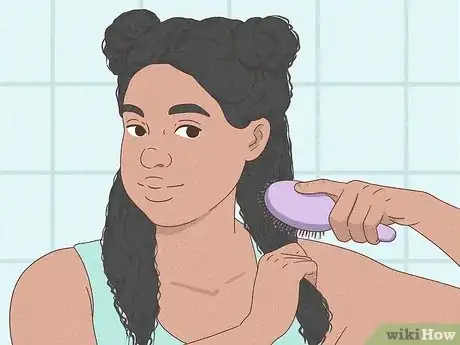
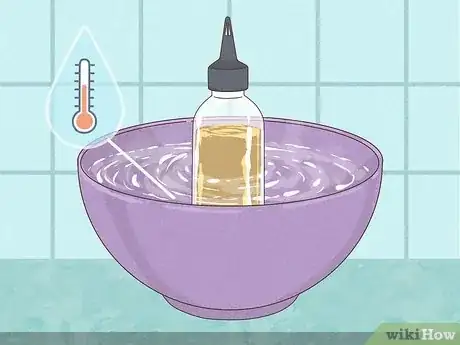
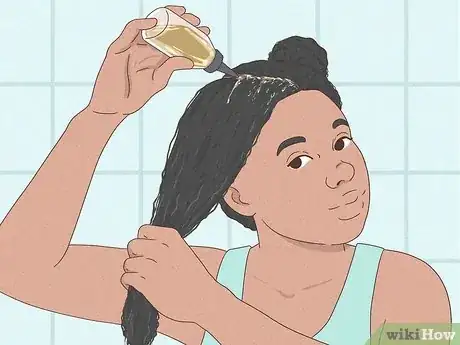
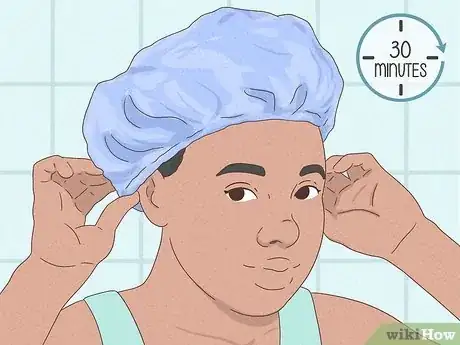
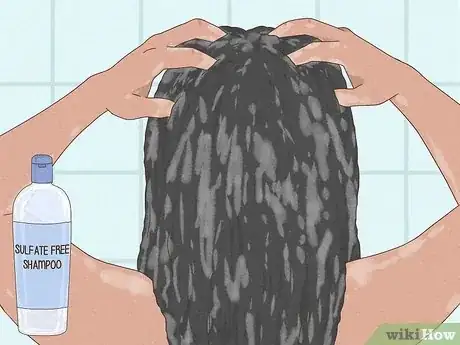
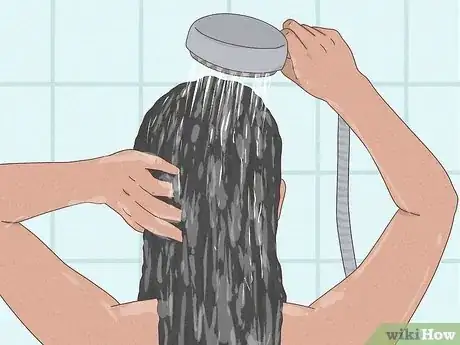
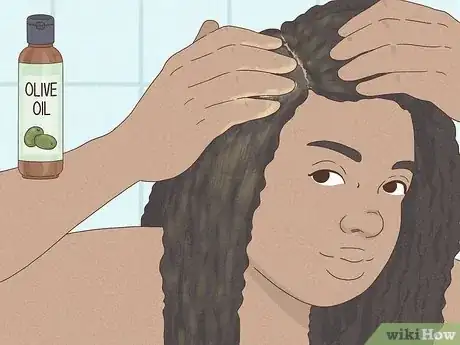
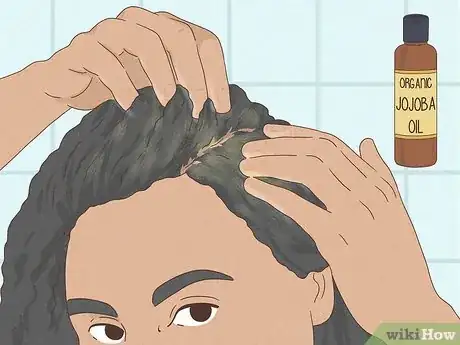

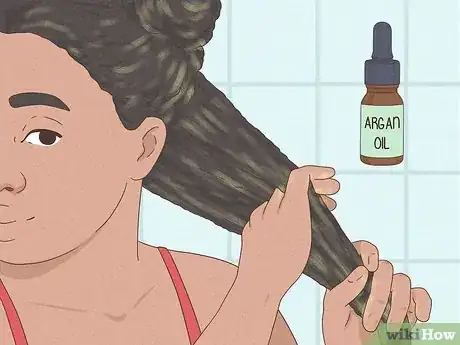
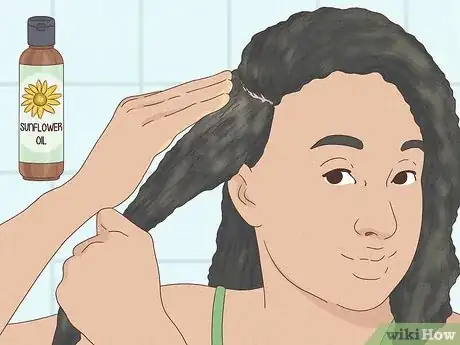
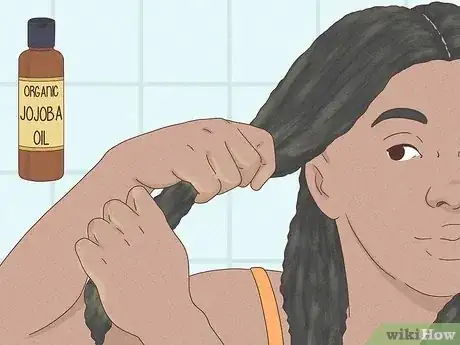
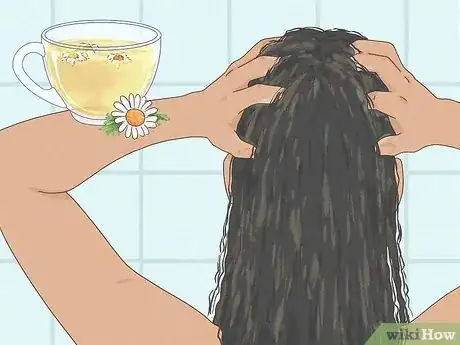



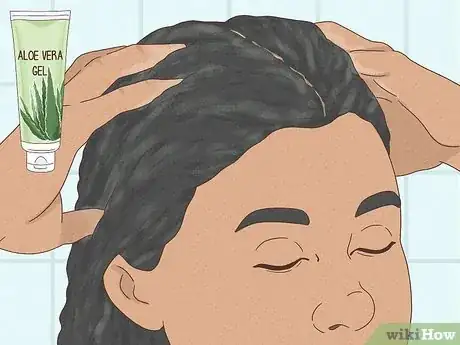
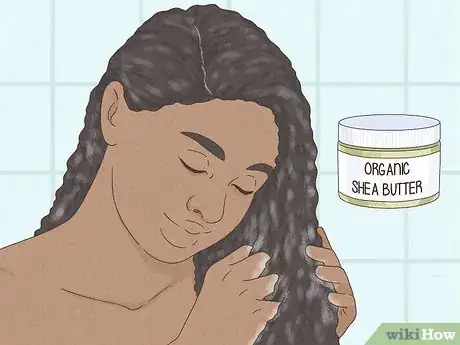

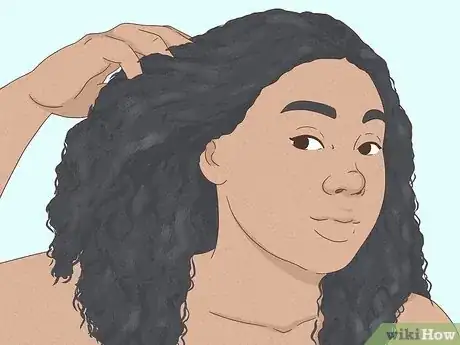
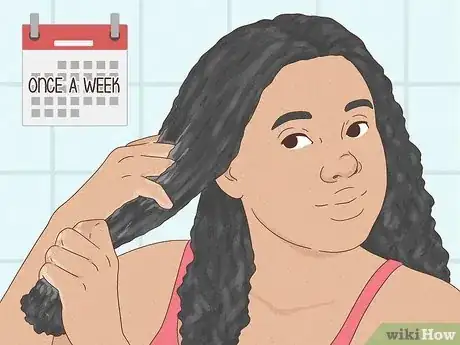

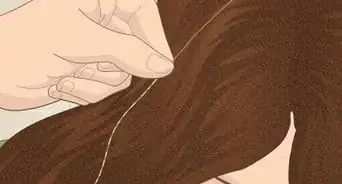

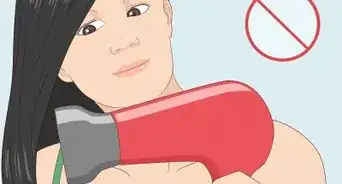
-Step-1-Version-8.webp)
